SAPPORO TRAVEL GUIDE
Sapporo is the capital and largest city of Hokkaido, the huge island-prefecture in northern Japan. It’s the economic, political, and cultural center of a region that makes up almost a quarter of Japan’s total land area.
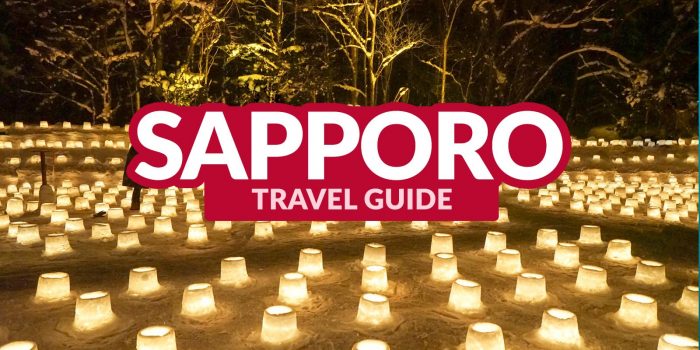
Sapporo is the capital and largest city of Hokkaido, the huge island-prefecture in northern Japan. It’s the economic, political, and cultural center of a region that makes up almost a quarter of Japan’s total land area.
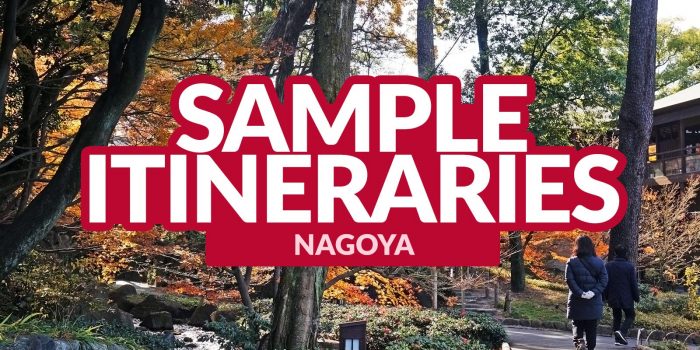
Nagoya is a major transportation hub in Central Japan. Chubu Centrair International Airport, a first-class airport and one of the busiest in Japan, is just half an hour away from Nagoya by train, making the city a very convenient jump-off point to other areas in the region and even other
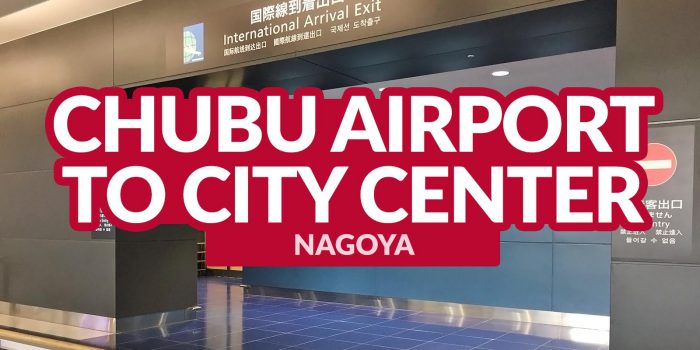
Nagoya serves an integral part in the Central Japan area. Being the capital of Aichi Prefecture, it is one of the country’s best-performing cities with income coming largely from industrial and manufacturing sectors. Nagoya is highly urbanized; it’s one of the largest and most populated cities in Japan. Its port
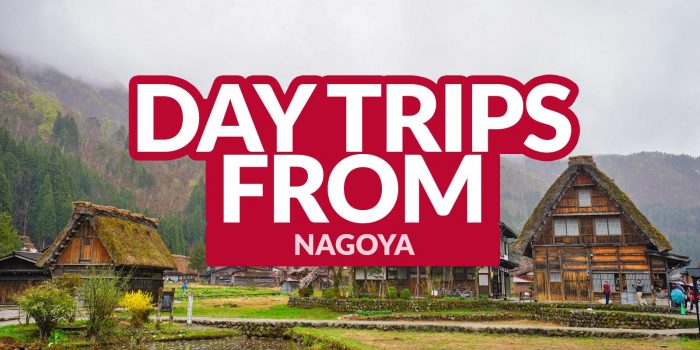
Nagoya is one of the major transportation hubs in Japan. It is the gateway and the usual jump-off point to the rest of the Chubu Region. It connects to other major cities in the country like Tokyo, Osaka, and Kyoto. Getting in and around Nagoya is pretty much convenient for
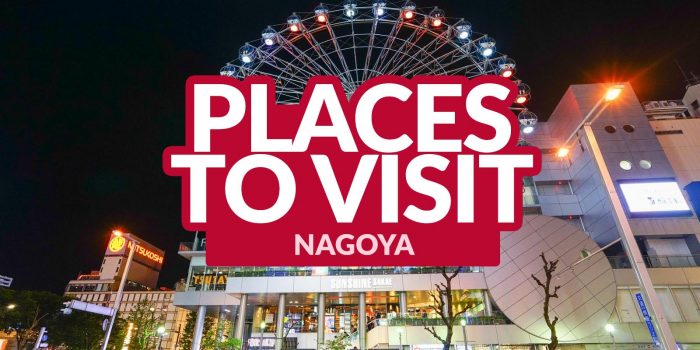
Nagoya cradles not only industrial sites but also historical structures. Aside from the aircraft manufacturing industry, the city is also home to big automobile companies such as Toyota, Mitsubishi, and Honda, so it’s not really surprising that the city is one of the busiest transportation hubs in Japan.
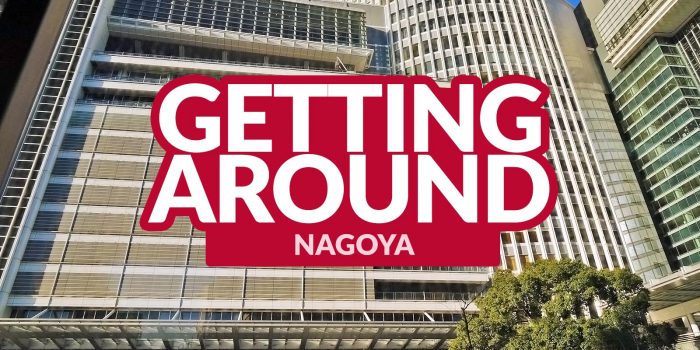
Being a highly urbanized city, Nagoya is also one of the most populated ones. With its economy heavily driven by automotive manufacturing, the transportation system is very efficient as the streets are wide and can be conveniently accessed by cars, making it easier for locals and foreigners to navigate the
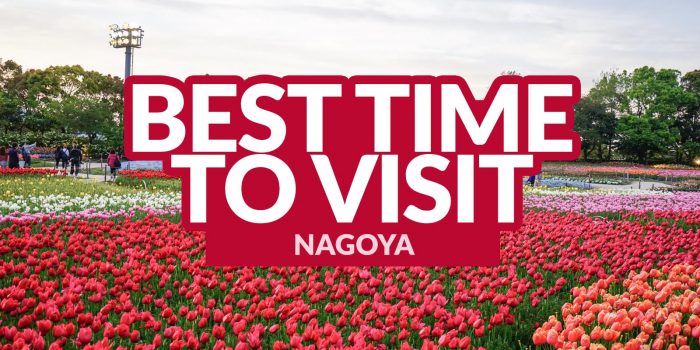
Japan has four seasons. It gets to experience the cycle of weather transitions and the changing of colors of the surroundings, creating a distinct aura and vibe for each season. The country has something different to offer every turn of the season. Depending on what you want to experience and
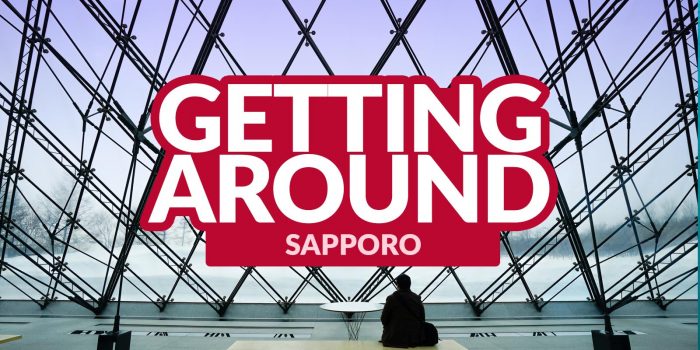
Among prefectural capitals, getting around Sapporo is quite a unique experience. In contrast to other Japanese cities which grew organically, Sapporo was built by design, based on 19th Century “grid” principles. This means that most of the streets are long, straight, and very easy to navigate.

Sapporo is known primarily as a winter destination, but there are a lot of cultural events and festivals happening year-round to pique your interest any time of the year.
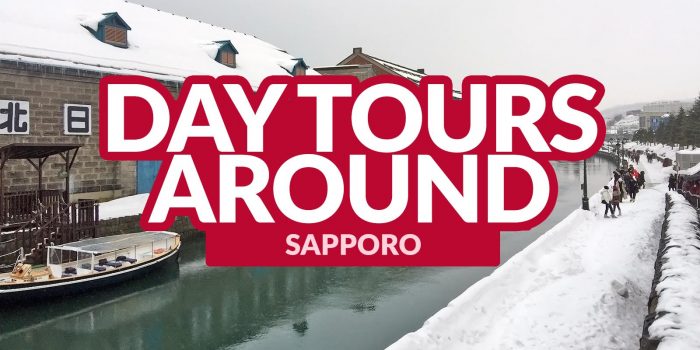
Aside from the things to do and places to visit within the city, there are other attractions in Hokkaido that are worth noting. Getting to these destinations, you can either do it yourself or join a group tour.